20 Budget-Friendly Home Repairs That Could Save You Thousands (Guide)

Hey there, savvy homeowners! Ready to roll up your sleeves for some smart, budget-friendly home repairs? You don’t need a big budget to make significant improvements.
In fact, with just a few cost-effective tweaks and fixes, you can spruce up your space and save yourself a boatload of cash in the long run. Here’s the low down:
🚿 Annual Water Heater Maintenance
🛁 Waterproofing your Shower
🏠 Improving attic ventilation
💧 Keeping your sump pump in check
🔢 Any many more…
So, grab your toolbox, and let’s keep your home in tip-top shape without breaking the bank!
1. Time to Caulk: Sealing Gaps Like a Pro
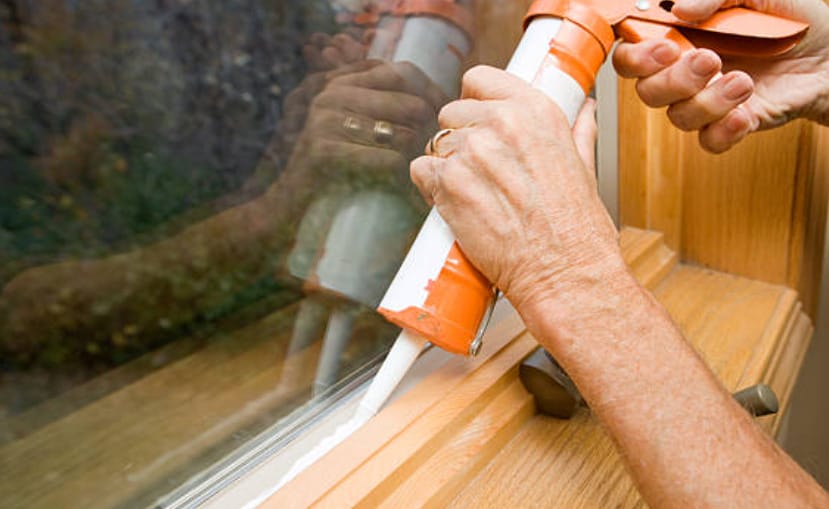
As time passes, exterior caulking loses its effectiveness. When it starts to crumble and detach, rainwater might sneak through windows, potentially causing the wood to rot.
I recommend removing the old caulking and applying a new paint-grade one around windows and doors to avoid this issue. This will help seal any moisture and keep your home safe and dry.
Here’s the five-step guide to caulking:
- Step 1: Take your putty knife and carefully scrape away any old, peeling caulk from the surface. This step is crucial for ensuring the new caulk adheres properly.
- Step 2: Wipe the area with a damp rag to remove residual dust or debris. A clean surface is key for effective caulking.
- Step 3: Cut the tip of your caulk tube at a 45-degree angle. This angle makes the application smoother and more controlled.
- Step 4: Load the tube into your caulking gun. Applying the caulk continuously along the seam starts at one corner. Keep steady pressure on the gun for an even flow.
- Step 5: Wet your finger and gently run it along the freshly applied caulk line to smooth it out for a professional-looking finish. Let it dry according to the manufacturer’s instructions.
Trust me, a little caulking can go a long way in protecting your home from water damage.
2. Refresh Your Space with a New Coat of Paint
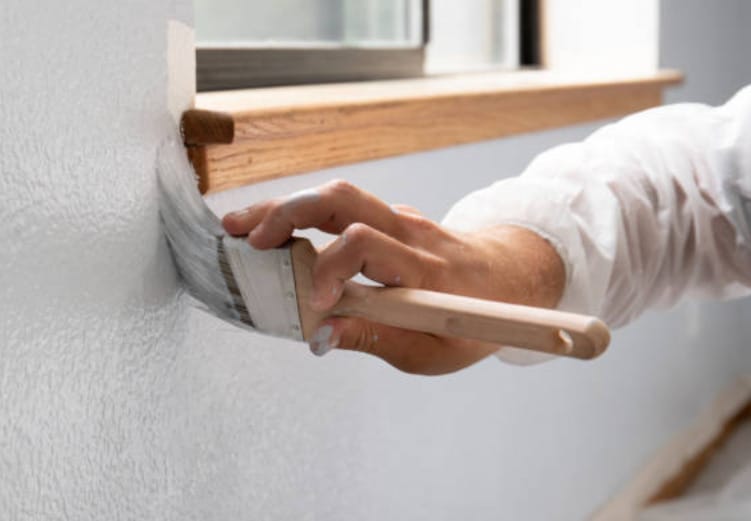
I can’t say it’s at the top of my list, but giving your house a fresh coat of paint when you notice some peeling can save you from potential weather and water damage.
Sure, handling the painting yourself may cost a few hundred bucks, but think about it: if you have to replace damaged siding later on, you’ll be shelling out thousands.
Let’s dive into a quick, five-step guide to giving your space a fresh coat of paint:
- Step 1: Pick the right type of paint for your space. Consider the room’s function and lighting when selecting the color and finish.
- Step 2: Clear the room as much as possible. Lay down drop cloths to protect your floors and furniture. Use painter’s tape to cover trims, windowsills, and door frames for clean edges.
- Step 3: Clean the walls to remove dust, dirt, or grease. Fill in any holes or cracks with spackle, then sand smooth once dry. A smooth surface is key to a professional-looking finish.
- Step 4: If you’re making a drastic color change or painting over a darker shade, apply a coat of primer. This helps with paint adhesion and color accuracy.
- Step 5: Start painting from the top down, beginning with the ceilings and then the walls. Use a brush for corners and edges and a roller for the larger wall areas. Apply two coats for the best coverage, letting the paint dry between coats.
Trust me, it’s worth it to be proactive. Plus, who doesn’t love a crisp, fresh look for their home?
3. Enhance Your Landscape with Mulching
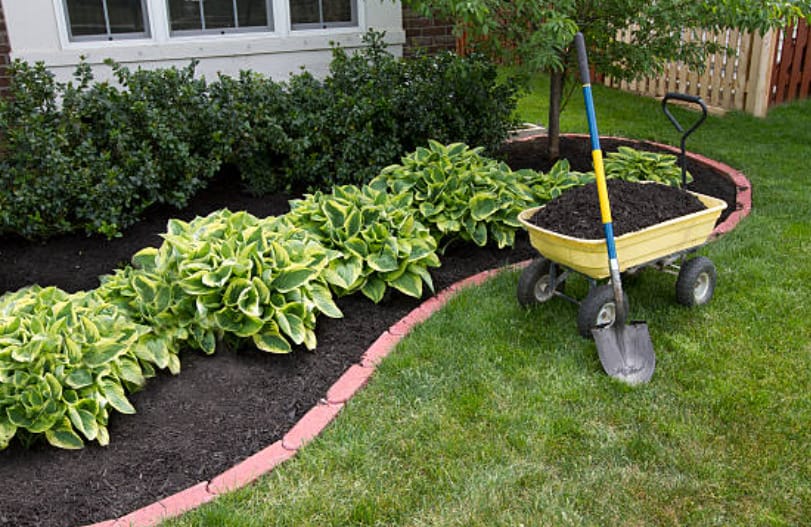
Here’s a smart tip for your home’s foundation: level the yard around your house with good-quality topsoil. Ensure you create a gentle slope leading away from your home – aim for at least a 2 percent grade.
This simple landscaping trick helps prevent water from pooling around your foundation, leading to leaks, and avoid damage caused by soil expansion and contraction during those freeze-thaw cycles.
4. Maintain Your Furnace with Regular Filter Changes
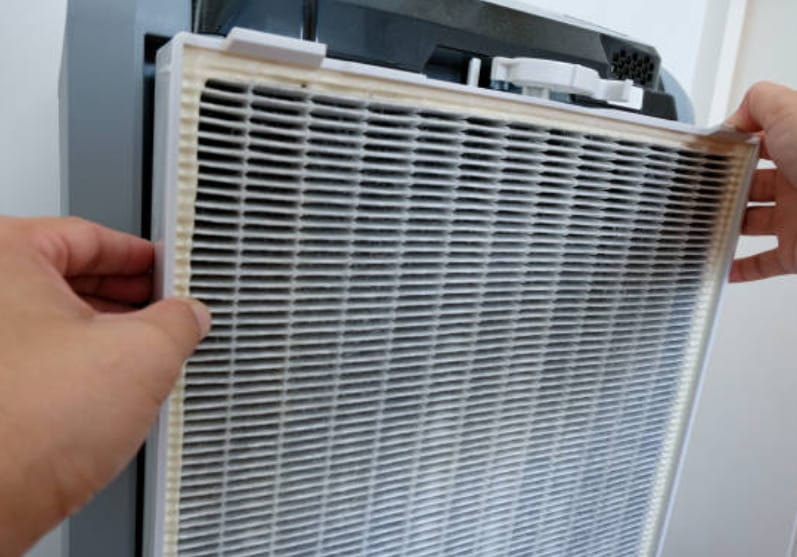
I can’t stress enough the importance of changing your furnace filters twice a year, right before summer and winter.
Trust me, these filters are inexpensive, and swapping them out regularly prevents restricted airflow, helping your HVAC unit run more efficiently.
Not only does this save you money on utility bills, but it also keeps your system in tip-top shape for a longer lifespan. Just a little effort goes a long way!
5. Prevent Sewage Backups
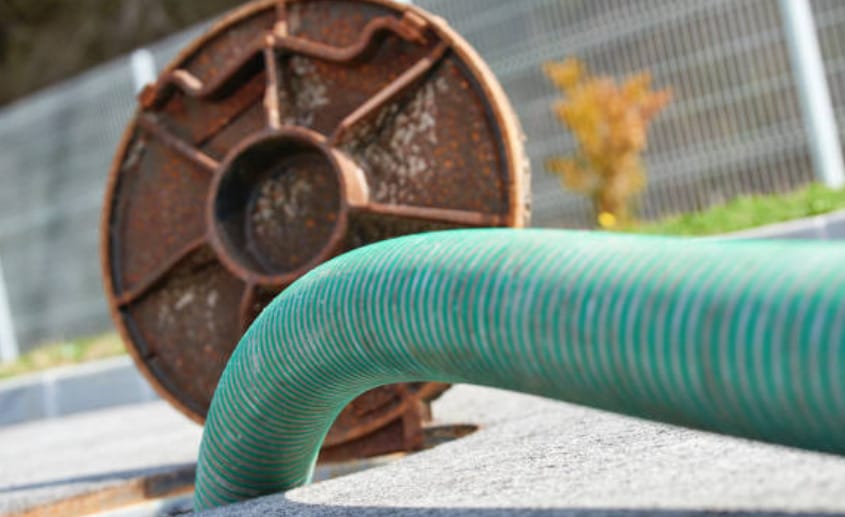
I can’t emphasize the importance of preventing sewer issues in your home. Having backed-up sewage in your tub or shower is a nightmare.
To avoid costly and unsavory plumbing repairs, flush a main-line sewer cleaner down the drain every few months.
This easy trick keeps the lines free from damaging clogs and your home smelling fresh. Remember, a little effort upfront can save you a lot of headaches later on!
6. Maintain Circuit Health by Testing Breakers
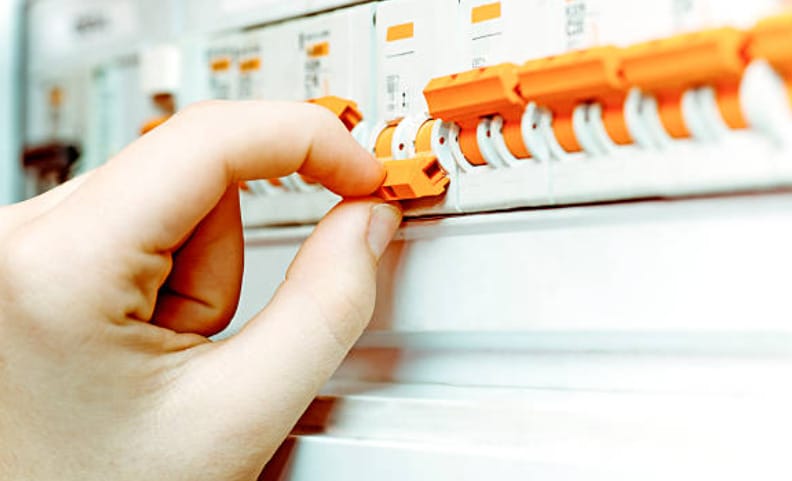
You know, every two or three months, it’s important to take a moment and flip each circuit breaker off and back on.
Over time, corrosion can develop on the contacts, and if left unattended, it can result in irreversible damage. But with this easy, cost-free step, you can significantly increase the lifespan of your circuits.
So, go ahead and flip those breakers!
7. Upgrade Your Attic Insulation
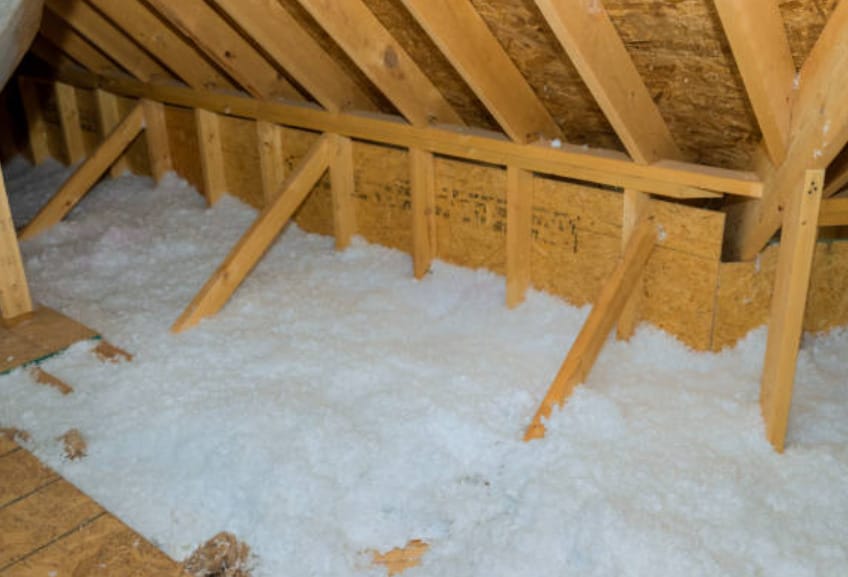
As someone who knows a thing or two about homes, I can’t stress enough the importance of upgrading your attic insulation.
In many cases, an unfinished attic is a significant source of heat loss. So, let’s aim for at least an R-30 insulation value, which can save your energy bill.
You have a couple of options: layer new insulation batts over the existing ones or go for noncellulose fiber insulation using a rental blower unit to achieve an 8.5-inch depth.
8. Annual Water Heater Maintenance
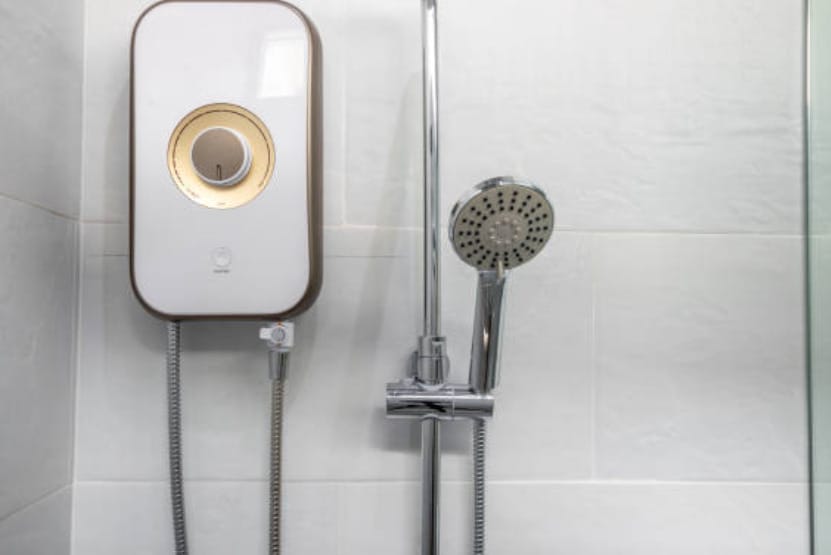
I always say a well-maintained water heater is a happy water heater!
Flushing out your hot water heater once a year helps eliminate hard water deposits and sediment that can shorten its lifespan. Trust me, it’s easier than you think.
Just grab your owner’s manual and follow the instructions to give your heater a proper autumn flush. And remember, a little maintenance goes a long way, folks.
9. Waterproof Your Shower
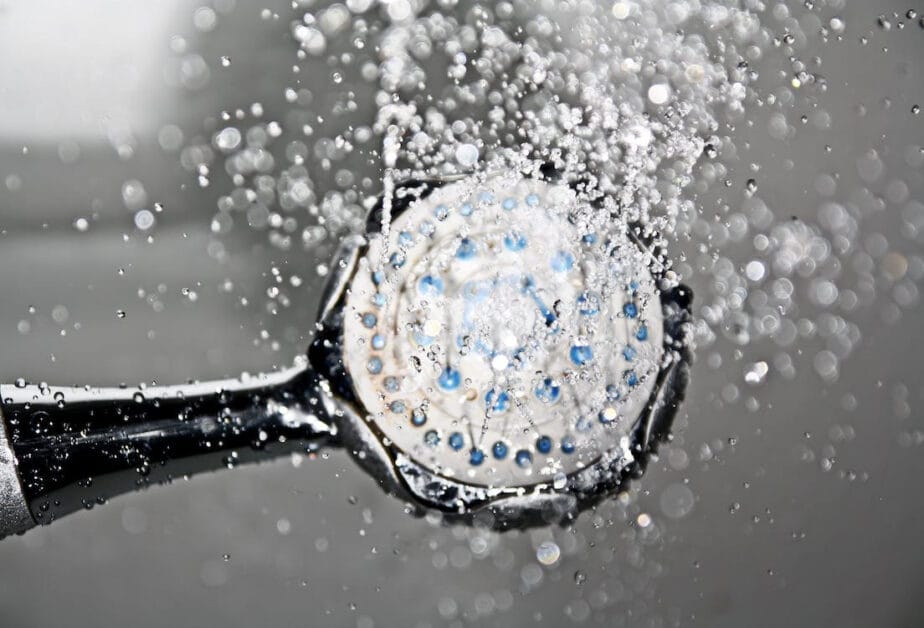
I’ve seen it too many times: a leaky shower causing damp drywall, mold, and even rot.
Trust me, there’s a simple, affordable solution to stop this from spiraling into a costly mess. Tackling those small leaks early on will save you from dealing with mold remediation and drywall repairs.
Keep your home in tip-top shape by sealing that shower!
10. Improve Attic Ventilation
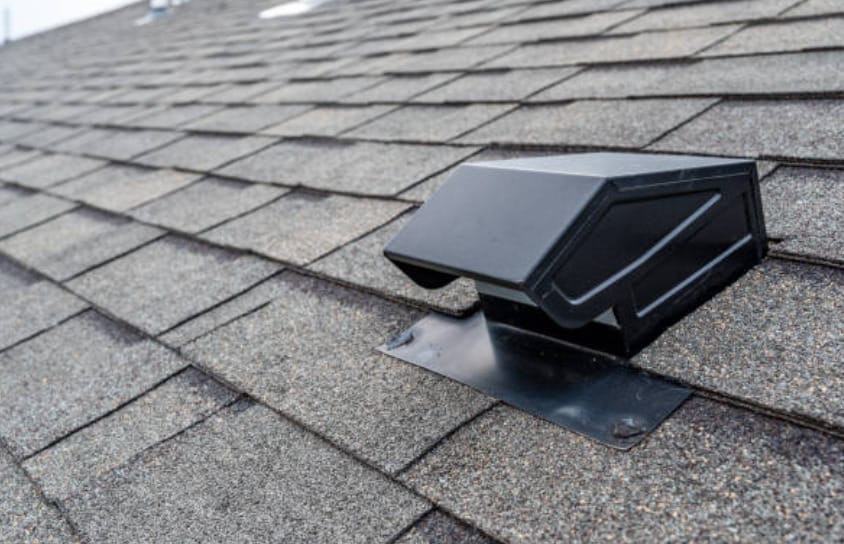
I can’t emphasize enough the importance of proper attic ventilation. A stuffy attic can lead to soaring temperatures, shortened shingle life, and even warped rafters.
I recommend installing intake vents in the eaves and exhaust vents in the gables, roof, or ridge to craft a comfortable environment.
This promotes healthy airflow, keeping your attic and home in tip-top shape. Trust me, your AC will thank you!
11. Keep Your Sump Pump Running Smoothly
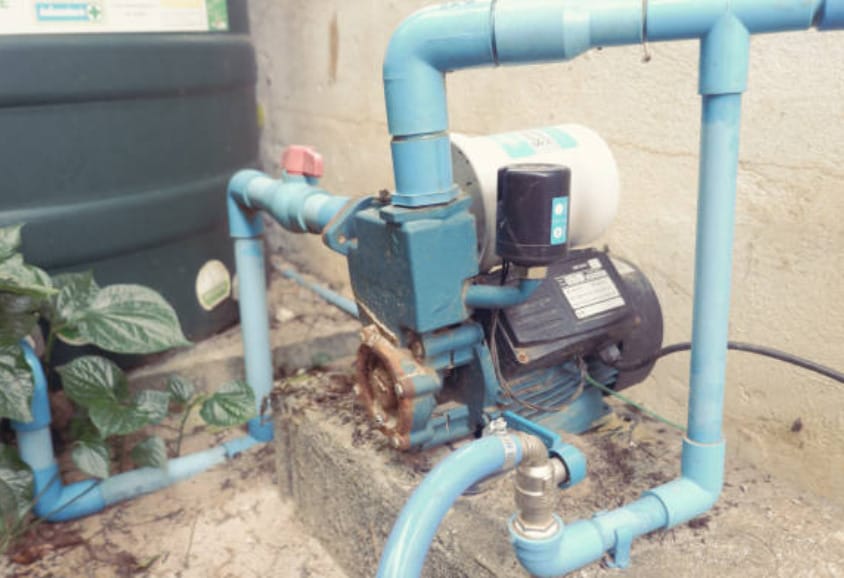
I can’t stress it enough – don’t forget about your sump pump! Trust me, the last thing you want is a flooded basement because of a malfunction.
To help prevent this, take the time to remove the pump from its bucket annually. Give the intake screen a thorough cleaning to remove any debris that might have accumulated.
No idea how to do this? Grab the owner’s manual or search for the manufacturer and model number online. You got this!
12. Install Energy-Saving Dimmer Switches
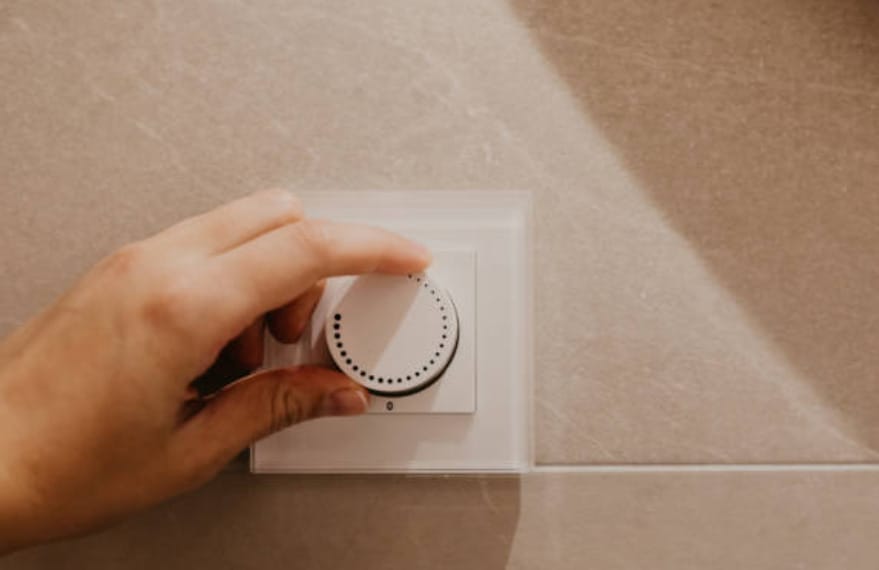
We all love a bright kitchen while cooking or cleaning, but trust me; you don’t need that same brightness when simply relaxing or watching TV.
By switching out your old light switches for dimmers, you’ll enhance the room’s ambiance and reduce your energy consumption.
So, give it a try and save on your electric bill while enjoying the perfect lighting for every occasion.
13. Keep Gutters Debris-Free
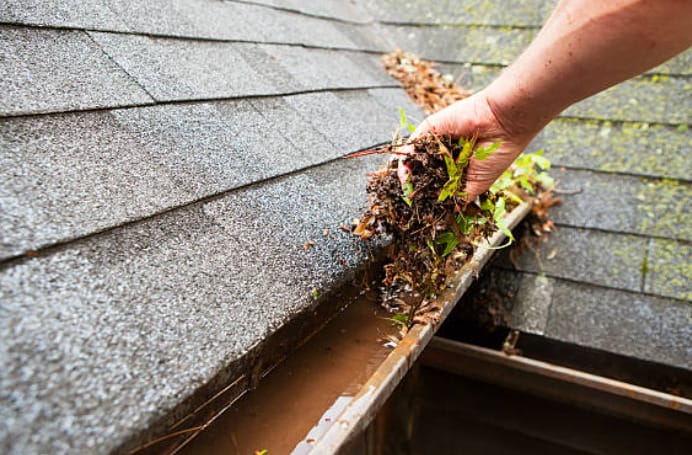
I can’t stress enough how important it is to keep your gutters free from fallen leaves. Clogged gutters can cause water to overflow, leading to costly issues near your foundation.
Make sure to clear out debris after the trees have dropped their leaves. And why not add downspout extensions to guide rainwater away from your house?
Trust me, it’s a smart move!
14. Refresh Your Vintage Window Glazing
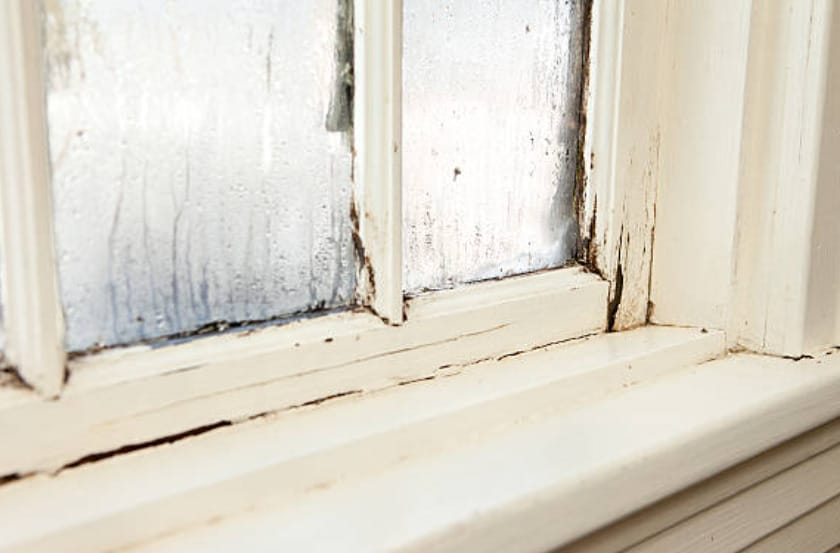
I’ve noticed that charming vintage windows often have a common issue: the glazing compound sealing their single panes can shrink and pull away over time.
This lets both drafts and rain into your home, which isn’t ideal. But don’t worry! A simple and affordable solution is to scrape off and replace the old glazing.
You’ll only need to do this once every five or six years. So, grab your tools and give those windows a quick makeover to keep your home cozy and dry.
15. Switch to a Smart Thermostat

As someone who knows the importance of conserving energy, I can’t stress enough how valuable a programmable thermostat can be.
Imagine not having to pay for heating or cooling your home when you’re away at work or off on a weekend trip.
With a programmable thermostat, you can adjust your home’s temperature according to your family’s routine, helping you maintain a reasonable utility bill.
Trust me, it’s worth the investment for both comfort and savings!
16. Upgrade to LED Bulbs
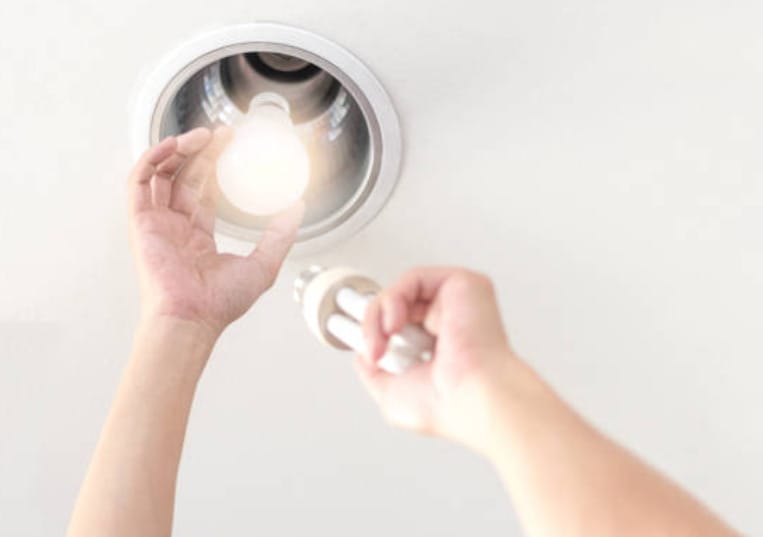
If you haven’t already, I can’t stress enough how important it is to switch to light-emitting diode bulbs (LEDs). These bulbs are way more energy-efficient and longer-lasting than incandescent, fluorescent, or halogen lights.
So, not only are you saving money on your bills and replacements, but you’re also positively impacting the environment.
But wait, it gets even better! LED bulbs, like the GE Lighting ones, have gone smart and can connect to your phone and home devices. These nifty bulbs can do some cool stuff, such as working as a Bluetooth speaker, displaying various colors, and even turning on automatically when it gets dark outside.
So you’re not only saving money, but you’re also making life easier and adding some fun to your home.
17. Fix a Running Toilet by Replacing the Fill Valve
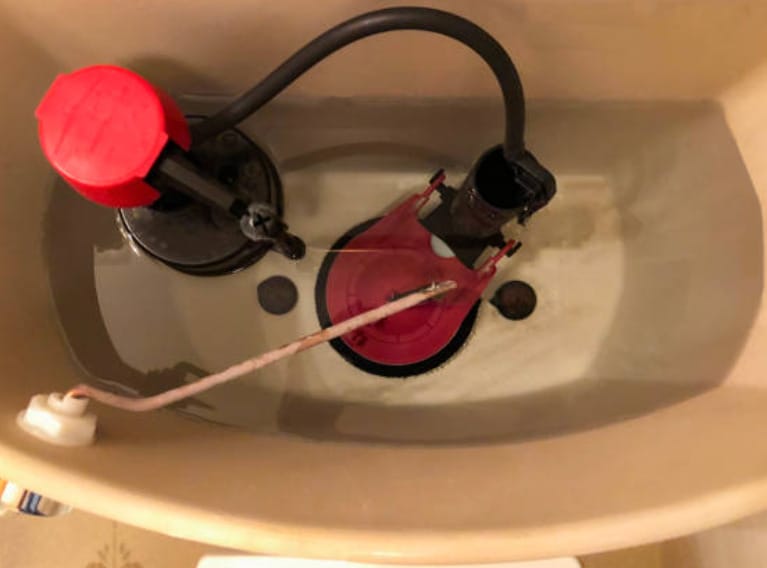
I’ve seen enough toilets with constant running, slow filling, or weak flushing.
Let me tell you, it’s not only annoying but also a water waster and can lead to bigger plumbing issues. Fear not! All you need is a quick visit to the hardware store for a new fill valve, and you can fix it yourself in no time.
Trust me, I’m a pro.
18. Secure Loose Railings
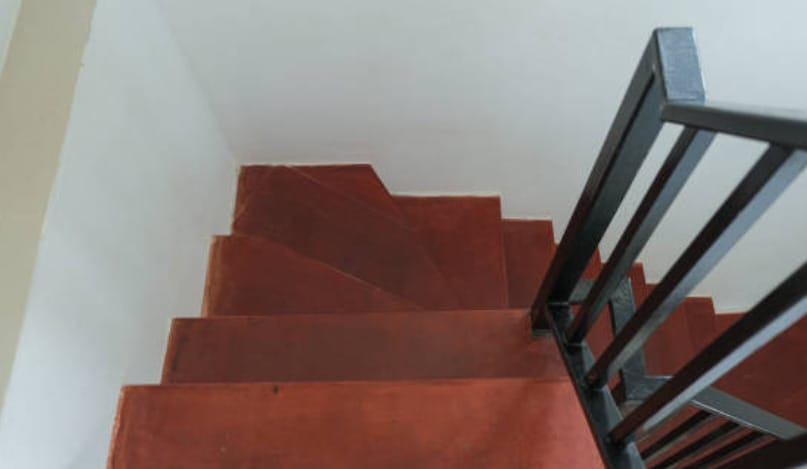
I’ve seen wobbly railings many times, and let me tell you, they’re not just an eyesore but also a safety hazard! The good news is that this is an easy fix.
Just grab your trusty screwdriver and tighten those screws or lag bolts that seem loose. It’s a quick job that I can’t stress enough, and the longer you put it off, the more likely your railing will go from wobbly to kaput.
So, don’t put your safety at risk – take care of this little maintenance task, and you’ll be golden!
19. Ensure Fire Safety with Dryer Vent Cleaning
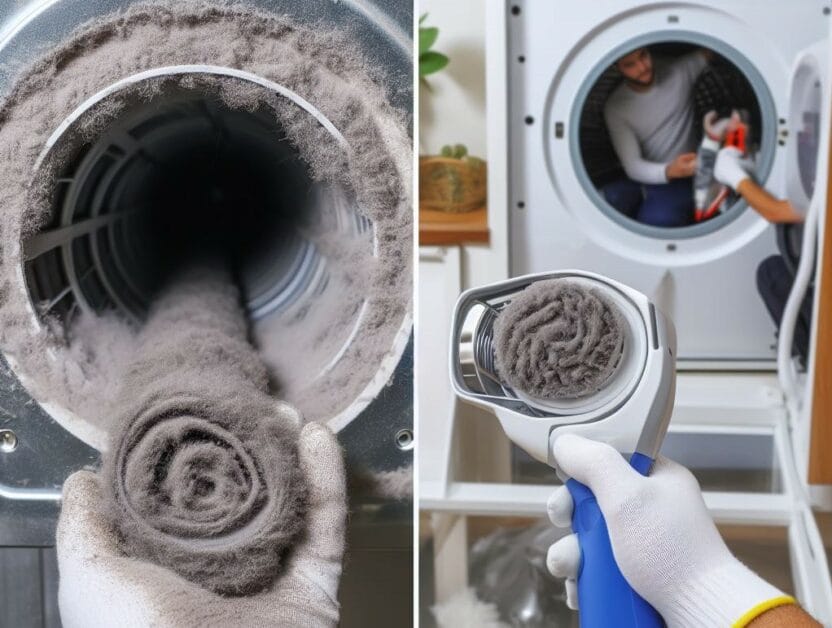
Friends, here’s a vital tip to save money and keep you safe: ensure your dryer vent is clean! A clogged vent can cost you an extra $20 monthly, and it could potentially start a fire.
So, I personally make it a point to clean my vent yearly. Trust me, it’s worth it.
20. Enhance Bathroom Ventilation with a Fan Installation
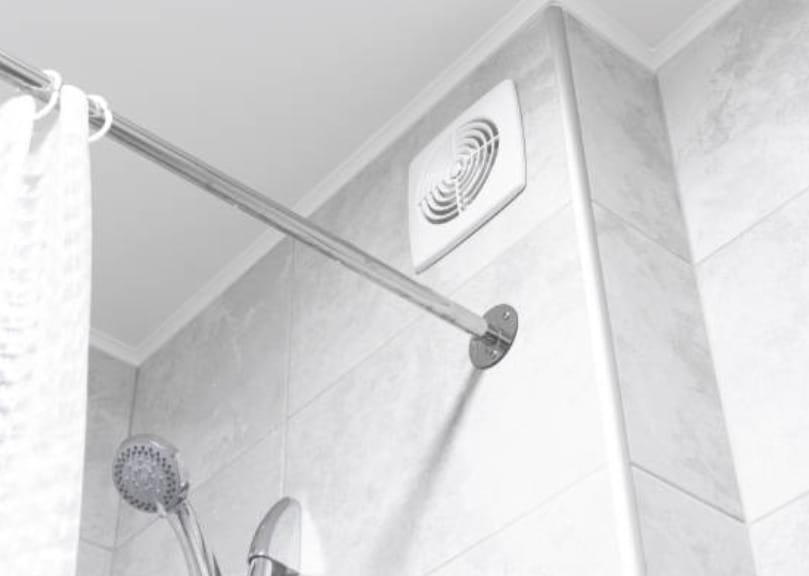
You know what’s nasty? Mold and mildew in a damp bathroom. Trust me, you don’t want to deal with that mess. It’s time to install or upgrade your bathroom fan to dodge the bullet.
Running the fan during or after a shower will help kiss that excess moisture goodbye. And hey, it could save you from a pricey cleanup or remodeling project.
Plus, newer models can be more energy-efficient. Keep your bathroom as fresh as a daisy and mold-free!
Home Maintenance Schedule: Keeping Your Home in Top Shape
Keeping your home running smoothly isn’t just about the quick fixes; it’s about regular upkeep. I’ve compiled a practical maintenance schedule for your HVAC, plumbing, and electrical systems.
Let’s dive in and keep your home running like a well-oiled machine!
| System | Maintenance Task | Frequency | Details |
|---|---|---|---|
| HVAC (Heating, Ventilation, and Air Conditioning) | Replace Filters | Every 3-6 months | Regular filter changes improve efficiency and air quality. |
| Professional Inspection | Annually | Have a pro check for wear and tear, leaks, and efficiency. | |
| Plumbing | Check for Leaks | Every 6 months | Inspect faucets, pipes, and under sinks for leaks or corrosion. |
| Drain Water Heater | Annually | Flush to remove sediment and maintain efficiency. | |
| Electrical | Test GFCI Outlets | Every 6 months | Ensure Ground Fault Circuit Interrupters are working to prevent shocks. |
| Circuit Breaker Check | Every 3 months | Flip breakers on and off to prevent corrosion and ensure functionality. | |
| Roof and Gutters | Clean Gutters | Biannually (Spring and Fall) | Prevent water damage and foundation issues by keeping gutters clear. |
| Inspect Roof | Annually | Look for damaged or missing shingles, leaks, or wear. | |
| Appliances | Clean Refrigerator Coils | Annually | Dust off to improve the efficiency and lifespan of your fridge. |
| Check and Clean the Dryer Vent | Annually | Prevent fire hazards and maintain dryer efficiency. | |
| Safety Equipment | Test Smoke and CO Detectors | Every 6 months | Replace batteries and test functionality for safety. |
| Check Fire Extinguishers | Annually | Ensure they are in working order and not expired. |
References
Organizations:
- U.S. Environmental Protection Agency (EPA). https://www.epa.gov/
- American Society of Home Inspectors (ASHI). https://www.homeinspector.org/
Books:
- “Home Maintenance for Dummies” by James Carey and Morris Carey. https://www.barnesandnoble.com/w/home-maintenance-for-dummies-james-carey/1016375971
- “The Complete Do-It-Yourself Manual” by Family Handyman. https://www.barnesandnoble.com/w/the-complete-do-it-yourself-manual-newly-updated-family-handyman/1133241792
Website References:
- This Old House. https://www.thisoldhouse.com/
- DIY Network. https://www.hgtv.com/how-to
